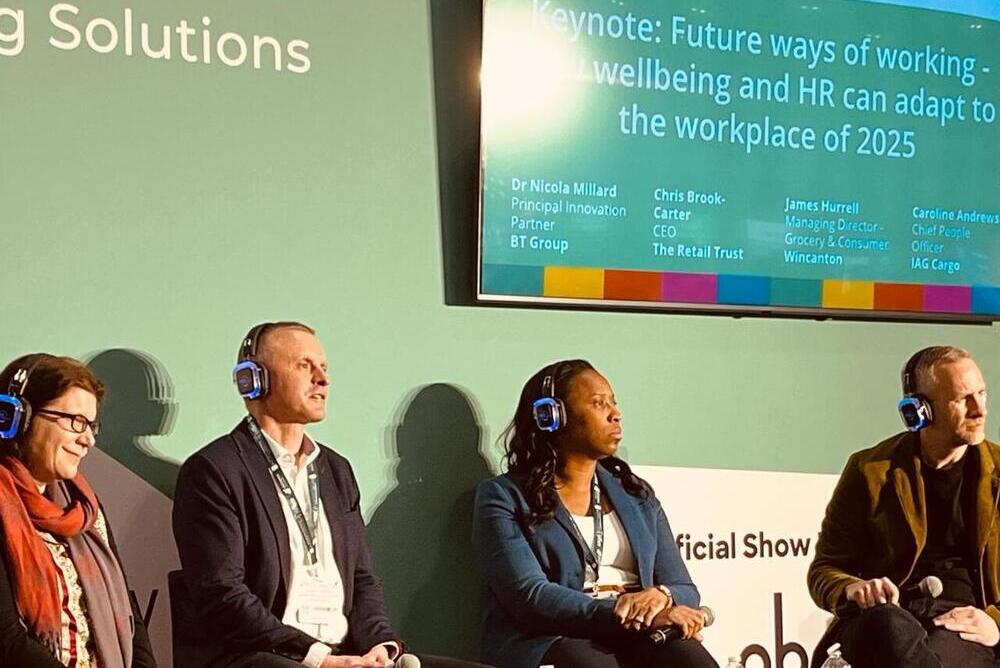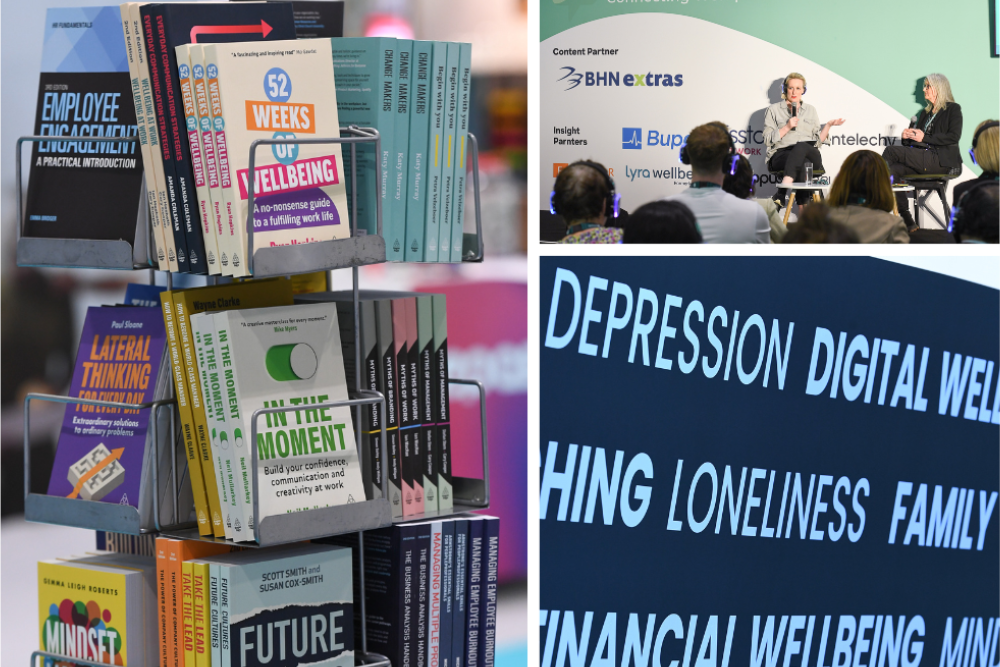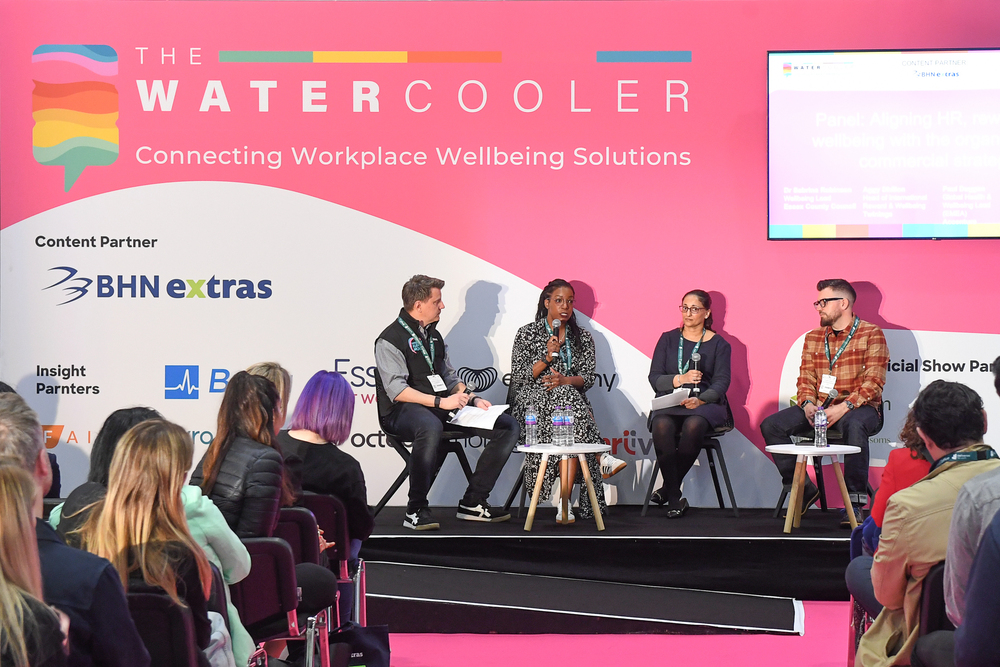With more employers, including international law firm Osborne Clarke and tech giant Zoom, encouraging employees to come in to the workplace, at least for a couple of days a week, organisations need to ensure they are putting wellbeing at the centre of back-to-office strategy.
Here we’ve rounded up tips from previous articles, as well as fresh insights to take into consideration. From creating an inclusive working space that meets diverse needs, to ensuring the air is clean, food available is nutritious and managers are empowered to make a difference.
Design for wellbeing
As Suzy Bashford points out in her feature for www.makeadifference.media: “How do you create an office that employees want to come back to and avoid the brand-damaging mandatory return”, one size does not fit all. When designing workplaces that support wellbeing, it’s essential to keep your employees’ needs front of mind and understand that what works for some in terms of workspace could be another’s worst nightmare.
Claudia Bastiani, Head of Workplace Experience & Design at Legal and General does this by involving colleagues in the process. When embarking on a project, for example, Bastiani usually creates a ‘Challenger Group’. This is made up of representatives from a selection of Employee Networks. She consults this group throughout, from office search and selection to design/construction and going live with a new office.
Space age
Different employees have different attitudes to spaces and what the ‘office’ means to them. As Bastiani explains in the feature “How do you get employees in a multicultural, multi-generational workforce to truly connect in the office?” Some people might like quiet, cellular areas in which they can focus. Others on the neurodiversity spectrum may actually like more noise, chaos and distraction. “We need to be creating spaces for all these preferences” she says.
In the same piece, Diane Lightfoot, CEO of Business Disability Forum, gives the example of a fridge in an office. When you’re designing your space you may assume one fridge in a kitchen is enough – but have you considered whether you have, or will have, employees who follow a Halal or Kosher diet?
Breath easy
According to a recent Healthy Buildings Survey, employees are demanding more transparency when it comes to indoor air quality (IAQ). 65% of those who had returned to in-person work told researchers that they found it very or extremely important to be informed of the state of air quality in their buildings.
Ali Munro, co-founder of eco-friendly Butterfly Indoor Air Quality Monitoring Equipment explains: “Air quality is a priority. 89% of the occupants who responded to the Healthy Buildings Survey reported that the quality of the air they breathe in buildings directly impacts their health and wellbeing. 98% believe that better air quality results in at least one health benefit and nearly three-quarters recognise that indoor air might be less healthy to breathe than outdoor”.
A speaker at The White House Summit on Indoor Air Quality went so far as to suggest that clean indoor air is key to getting workers safely back to workplaces.

Carrot not stick
At www.makeadifference.media we often stress that workplace wellbeing goes way beyond yoga and bananas. But when it comes to putting wellbeing at the centre of back-to-office strategy, it makes sense to think about where food fits into the equation. On their website, food delivery service Feedr explains that their aim is to help create workplace cultures where teams are brought together over food to foster deeper connections and nourish employees’ bodies and minds.
With an emphasis on inclusivity and sustainability, a testimonial on the site reads: “A big benefit of Feedr is that it encourages everyone to take a lunch break”. Another explains that offering food benefits has kept the team excited about returning to the office.
Managers matter
The main message to emerge from the second meeting of our Make A Difference Leaders’ Club was that empowering managers to create a culture that enables employees to thrive in the new world of work, will be increasingly essential to business success going forward.
Managers are key when it comes to putting wellbeing at the centre of back-to-office strategy.
But just how can you empower managers to do this at a time when constant change has
made employees more stressed, anxious and burned out than ever?
You can find out more about the points that were discussed, the key takeaways and suggested action points in our Make A Difference Leaders’ Lunch #2 report by downloading the report here.















